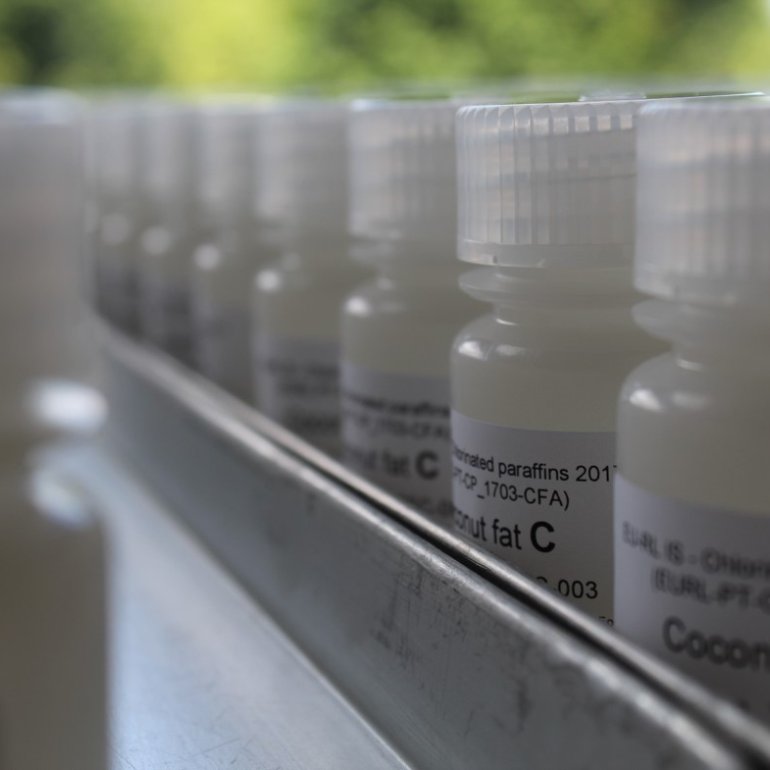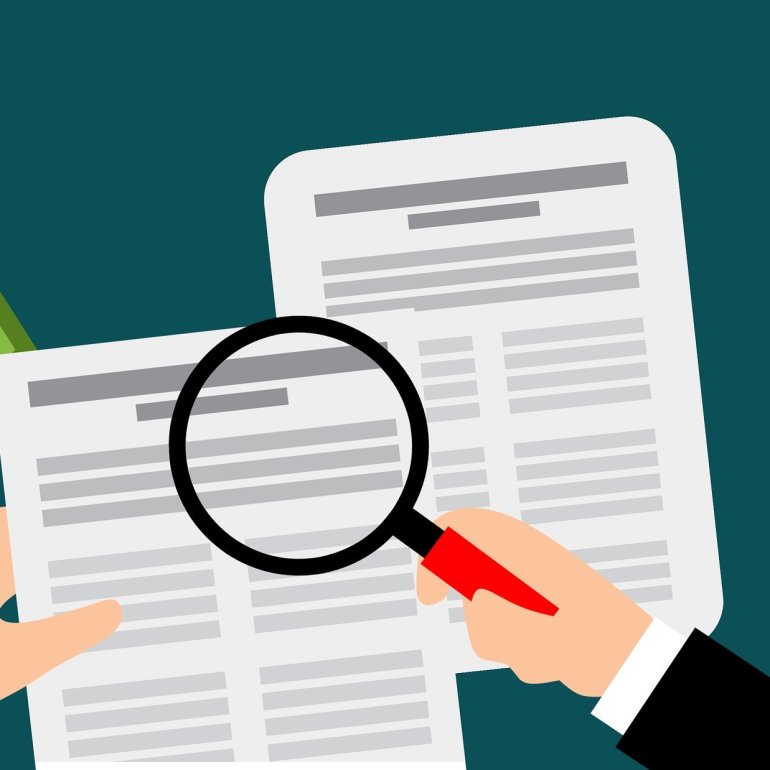
POPs Final Reports EURL PT Bentonite 2024
25.08.2025This proficiency test (PT) on the determination of PCDD/Fs, PCBs, PBDEs and HBCDDs in Bentonite was organized by the EURL for halogenated POPs in Feed and Food to be performed between August and November 2024. The objective was to assess analytical performance of laboratories and interlaboratory comparability of results from analyses of PCDD/Fs, PCBs, PBDEs and HBCDDs in one sample of Bentonite.

